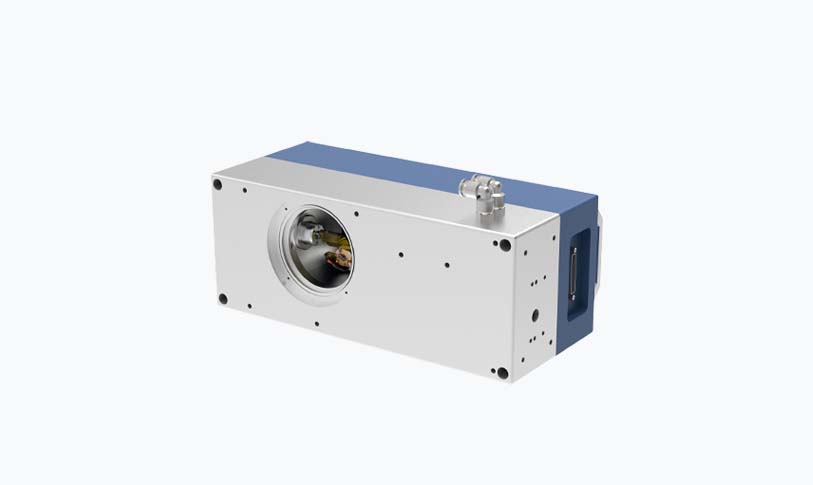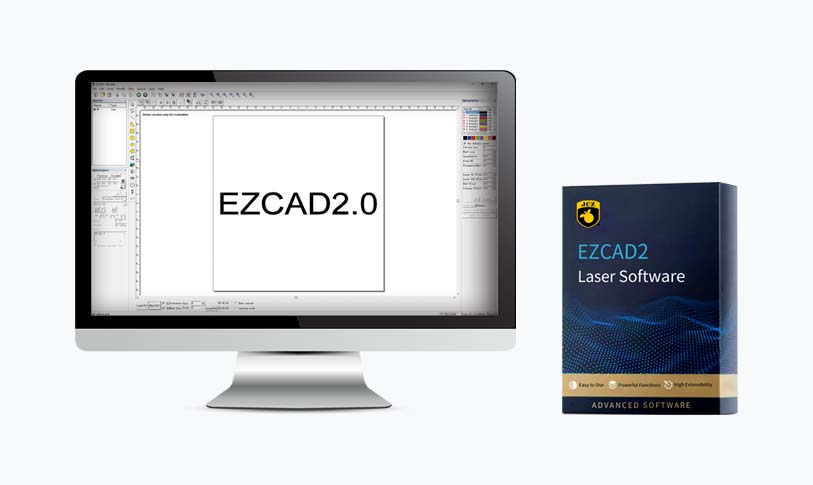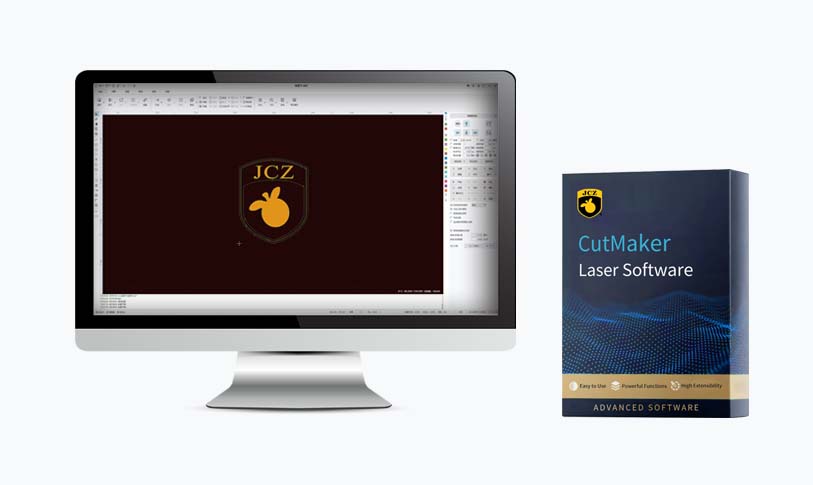****
Lasers have revolutionized various fields, including medicine, manufacturing, telecommunications, and research. Among the various types of lasers, pulsed and continuous lasers are two predominant categories that serve distinct purposes. Understanding their mechanisms, characteristics, and applications is vital for harnessing their potential effectively in diverse disciplines. This article delves into the differences between pulsed and continuous lasers, highlighting their unique features, advantages, and applications in both commercial and scientific settings.

Exploring the Applications and Differences Between Pulsed and Continuous Lasers in Modern Technology and Industry
Understanding Laser Types
At its core, a laser (Light Amplification by Stimulated Emission of Radiation) produces coherent light, but the manner in which this light is emitted can differ substantially between pulsed and continuous lasers.
– **Continuous Lasers**: As the name suggests, continuous lasers emit a constant beam of light. This consistent energy output means that these lasers can deliver high levels of power over extended durations. Because of their stable and precise output, they are often used in applications requiring continuous energy transfer, such as laser cutting, engraving, and medical procedures where steady energy is necessary.

Exploring the Applications and Differences Between Pulsed and Continuous Lasers in Modern Technology and Industry
– **Pulsed Lasers**: In contrast, pulsed lasers release energy in short bursts or pulses. These pulses can last anywhere from femtoseconds (one quintillionth of a second) to milliseconds, allowing for incredibly high peak powers even if the average power output is lower than that of continuous lasers. Pulsed lasers are particularly effective in applications that require precision, such as in tattoo removal, surgical procedures, and certain types of scientific research.
Key Differences
1. **Energy Delivery**: Continuous lasers provide a steady beam of energy, making them suitable for processes that require constant power, whereas pulsed lasers deliver energy in rapid bursts, which can help in applications that require brief yet intense energy exposure.
2. **Heat Management**: Continuous lasers tend to generate more heat over time, which can be a disadvantage in sensitive applications. Pulsed lasers minimize heat buildup due to their short bursts of energy, which can be advantageous in applications requiring precision and controlled energy delivery.
3. **Peak Power**: Pulsed lasers can achieve much higher peak powers than continuous lasers despite having lower average power outputs. This characteristic allows them to perform tasks that would be impossible for continuous lasers, such as ablating material with minimal collateral damage.
4. **Applications**: The choice between pulsed and continuous lasers often depends on the application. Pulsed lasers are widely used in fields like dermatology, where precise and brief energy applications are fundamental. They are also prevalent in industrial applications like micromachining, where high precision is essential. Continuous lasers find their niche in areas such as manufacturing, where sustained power is beneficial for continuous processes like cutting and welding.

Exploring the Applications and Differences Between Pulsed and Continuous Lasers in Modern Technology and Industry
Applications in Various Fields
1. **Medical Field**: In the medical arena, both pulsed and continuous lasers serve crucial roles. Pulsed lasers, such as the Nd:YAG (neodymium-doped yttrium aluminum garnet) laser, are used in surgical procedures and dermatology. Their ability to precisely target tissues with minimal damage makes them ideal for tasks such as tattoo removal and skin resurfacing. Continuous lasers, like CO2 lasers, are often used for incision and cutting, providing steady energy for longer periods during surgeries.
2. **Manufacturing**: In manufacturing settings, continuous lasers are utilized in processes like welding and cutting, where uninterrupted power facilitates the efficient processing of materials. Conversely, pulsed lasers are used for engraving and marking, as they can deliver high peak powers suitable for creating intricate designs without compromising the integrity of the material.
3. **Scientific Research**: Pulsed lasers are employed in spectroscopy and imaging applications, where temporal resolution is critical. They allow researchers to capture rapid phenomena at microscale levels, enabling advancements in studies related to physics, chemistry, and biology. Continuous lasers, on the other hand, may be used in various optical applications that require stable light sources for analytical experiments.
Conclusion
Both pulsed and continuous lasers bring remarkable capabilities to industries and applications that rely on precision and efficiency. Each type has its own advantages depending on the specific requirements of the task at hand. As technology advances, continued innovations in laser technology will likely lead to new applications and methodologies, further showcasing the importance of understanding both pulsed and continuous lasers in the modern world. The choice between them hinges on the specific needs of a project, underscoring the significance of recognizing their unique features and functionalities.print 3d program



